When you stand on the steep slope just below the former home of Otto Meyer-Amden, you not only have a beautiful view of Lake Walensee and the Kerenzerberg but also of the busy motorway on the other side of the lake. The traffic is both visible and audible, and although not very noisy, it is loud enough to reach the remote pasture, which is accessible only on foot. This acoustic experience motivated my wish to plan an exhibition with Rita McBride.
We began by talking about her parking ramps: metal objects, resembling architectural models of car parks, which can be set up on the floor or wall-mounted. McBride makes objects and builds installations; she also stages performances and writes short stories under a pseudonym. The genuinely Modernist visual idiom of her work, which is particularly indebted to Minimalism, incorporates elements drawn from urban architecture and contemporary domestic design.
The cultural context changed radically in the lull following World War II, spawning a diversity of approaches, forms of expression, objectives, and notions of what a work of art actually is. These have become the resonance chamber for today’s artists, who can combine several different post-war avant-garde methods, which in their unadulterated forms their inventors explicitly sought to set apart from other methods in both practice and theory.
Like other artists of her generation, McBride operates at such an interface, fusing two distinct approaches to art: object art and conceptual art. A case in point is her critical investigation of Donald Judd’s object art, which is fuelled by a conceptual attitude that draws inspiration from American artists such as Michael Asher and John Baldessari.
McBride did not want to mount an exhibition in Amden. Instead, after a first visit, she decided to organize Hello World, an event in winter that would humorously draw attention to the relative isolation of the location. When she came to Amden for the second time on 1 February 2004, she set up a ham radio station, referencing the spiralling growth of mobile communications in a bewildering play of traditional and new communications media. On a clear, sunny day, Glen Rubsamen, Christiane Meyer-Stoll, Axel Jablonski, and I piled her equipment onto sledges, which we then pulled through the deep snow up to the hut. Using these DIY materials, an antenna was erected in front of the building and a radio station assembled in the hayloft of the barn. On installing the antenna, McBride, in a warm hat and boots, tried to contact other enthusiasts. In a futile attempt to connect, she repeated her call sign into a fictitious microphone, intermittently yelling the title of her performance, “Hello World.” A QSL card like those mailed by amateur radio operators to confirm successful radio contact was made using photographs of her performance. Rita McBride sent the card from Amden to selected international addressees, thus informing them, by delayed snail mail, of her brief stay in the village on 1 February 2004.
– Roman Kurzmeyer

 Images
Images
 Info
Info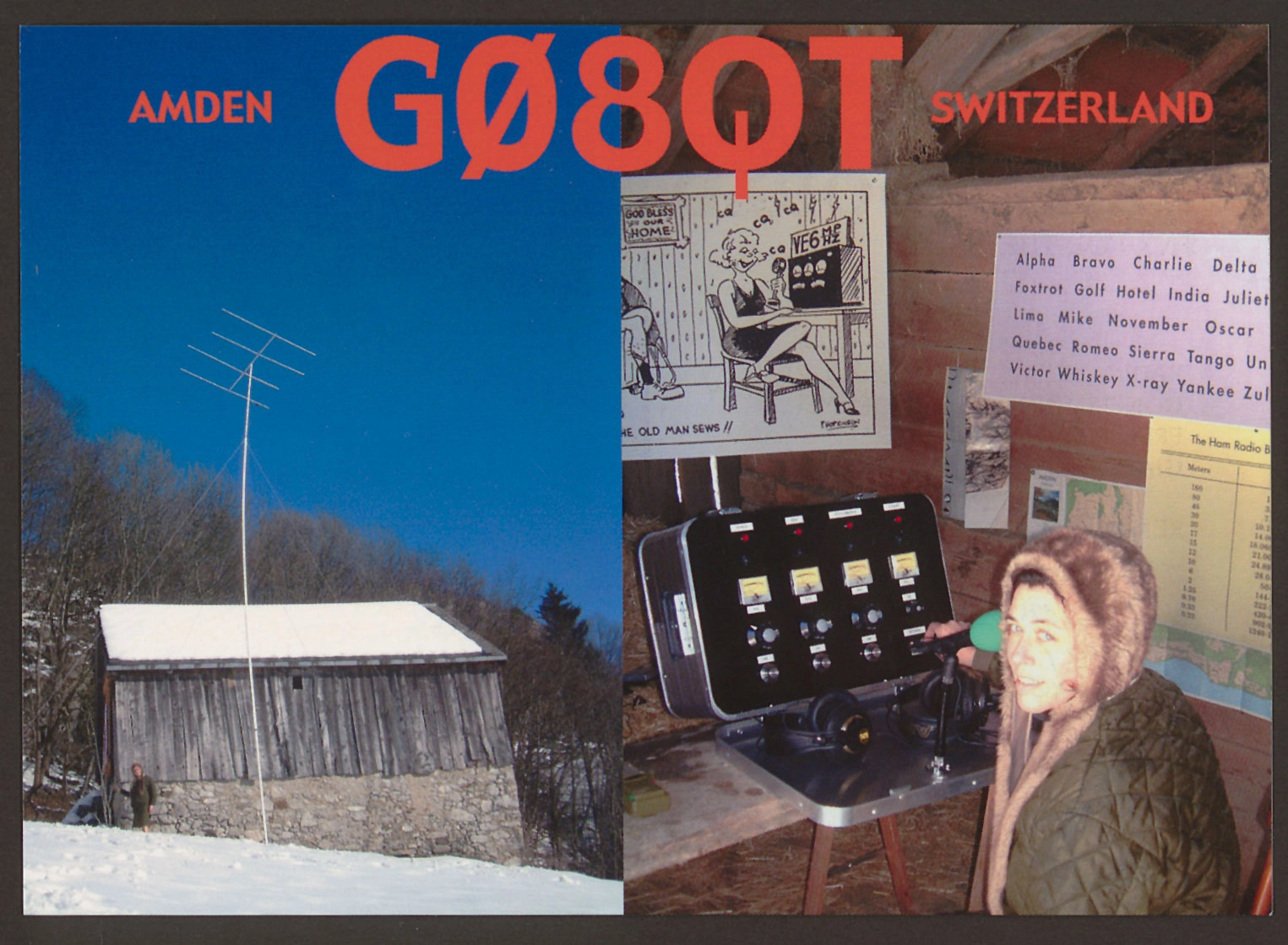
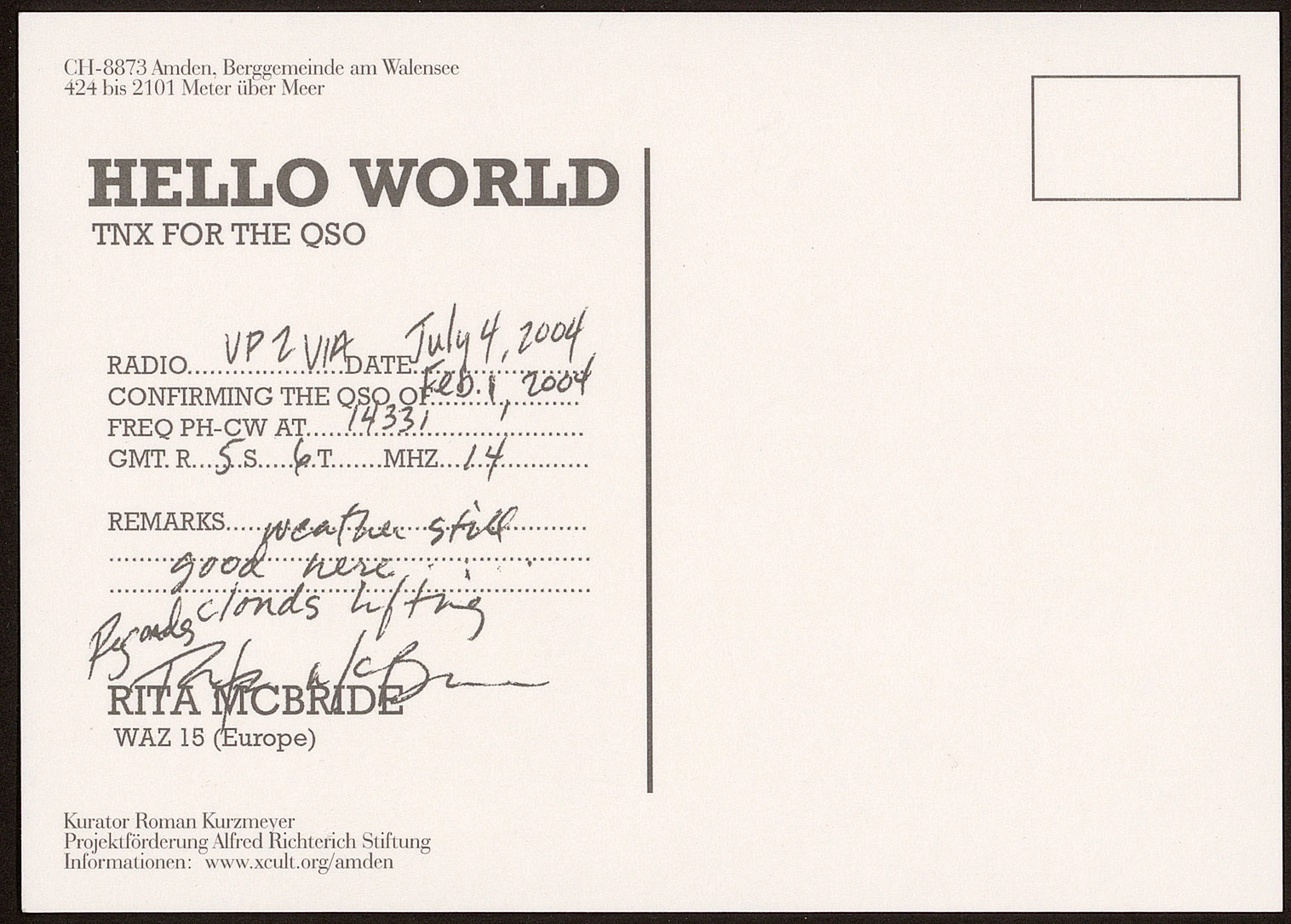
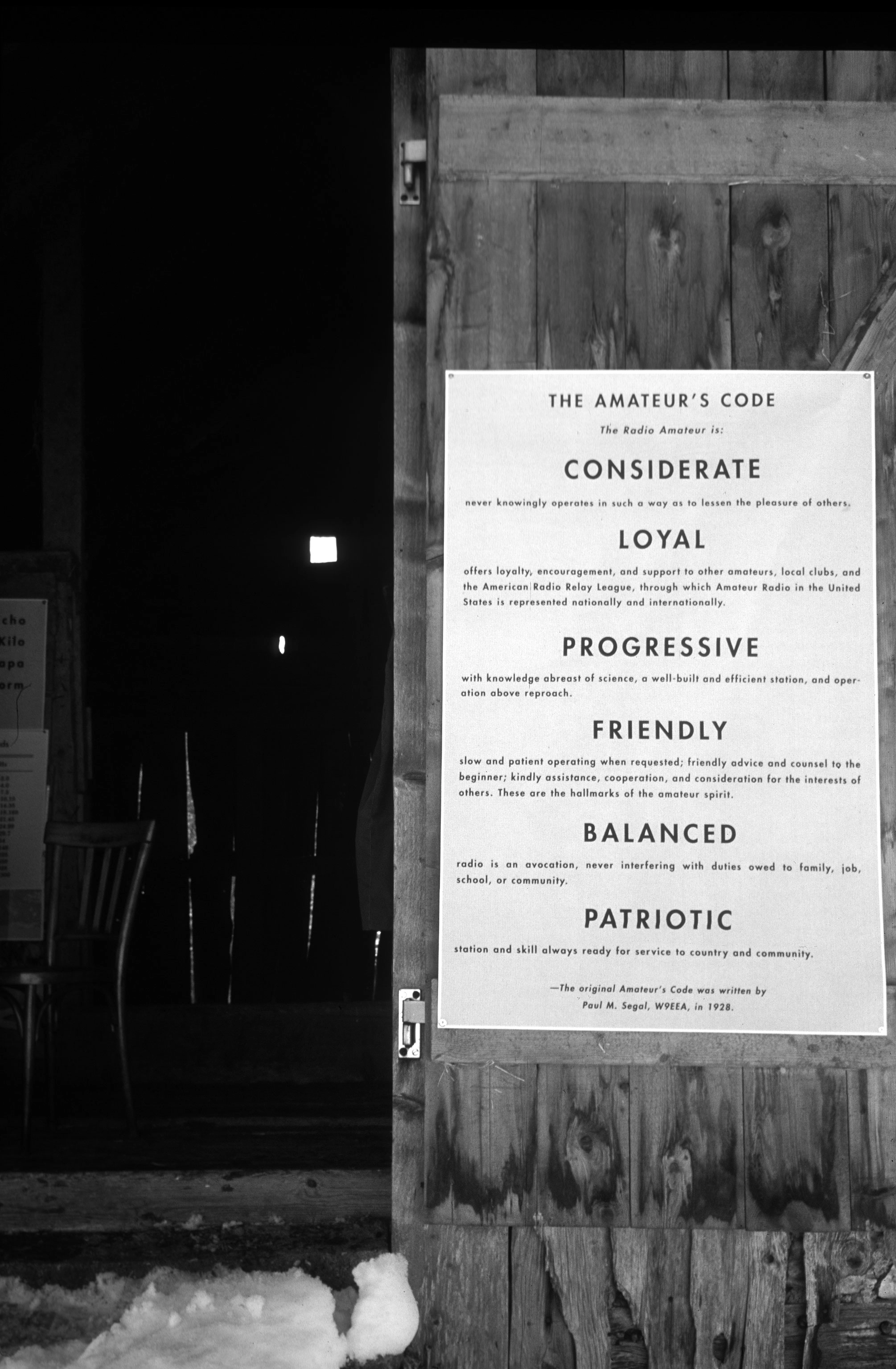
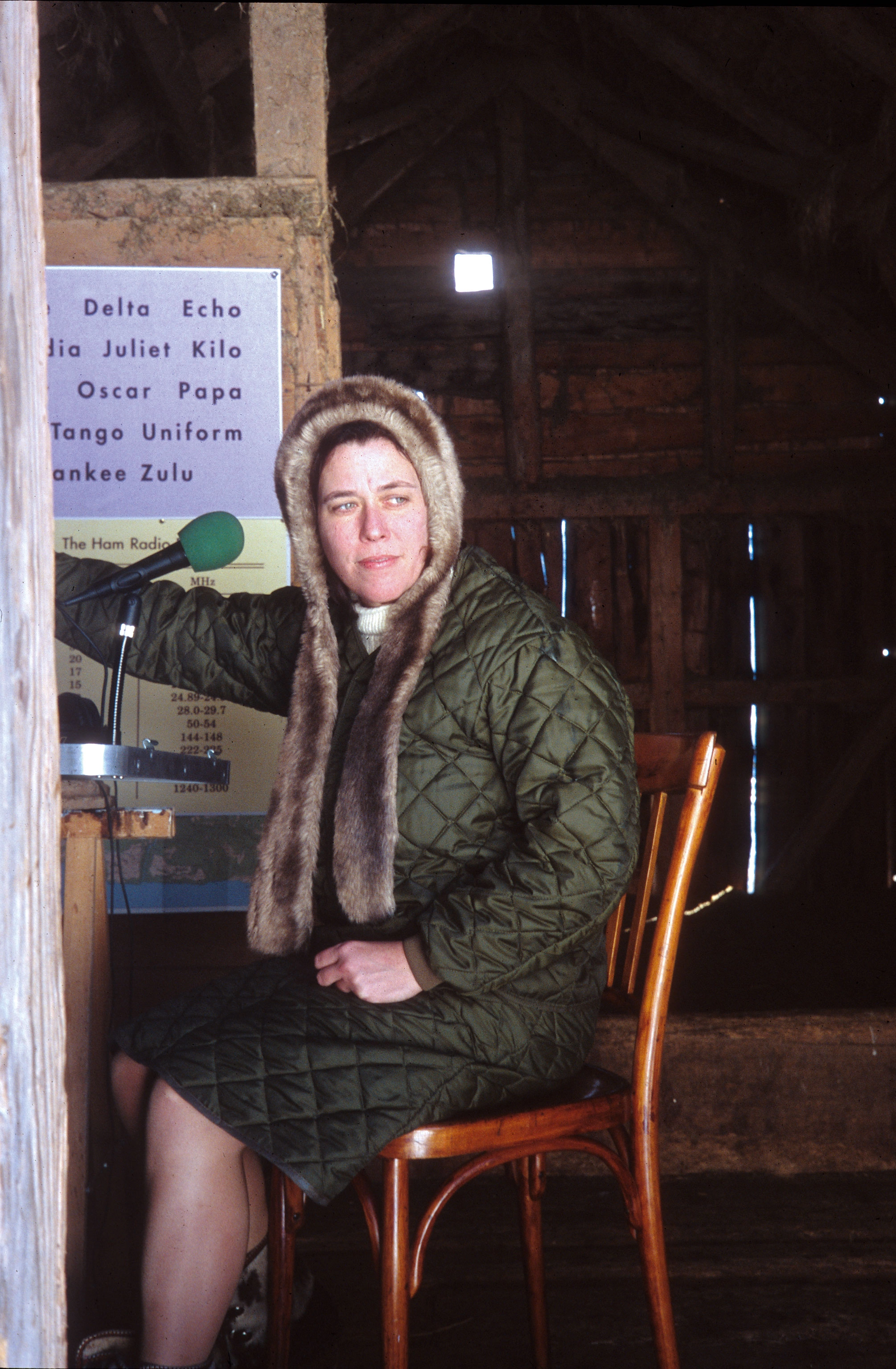
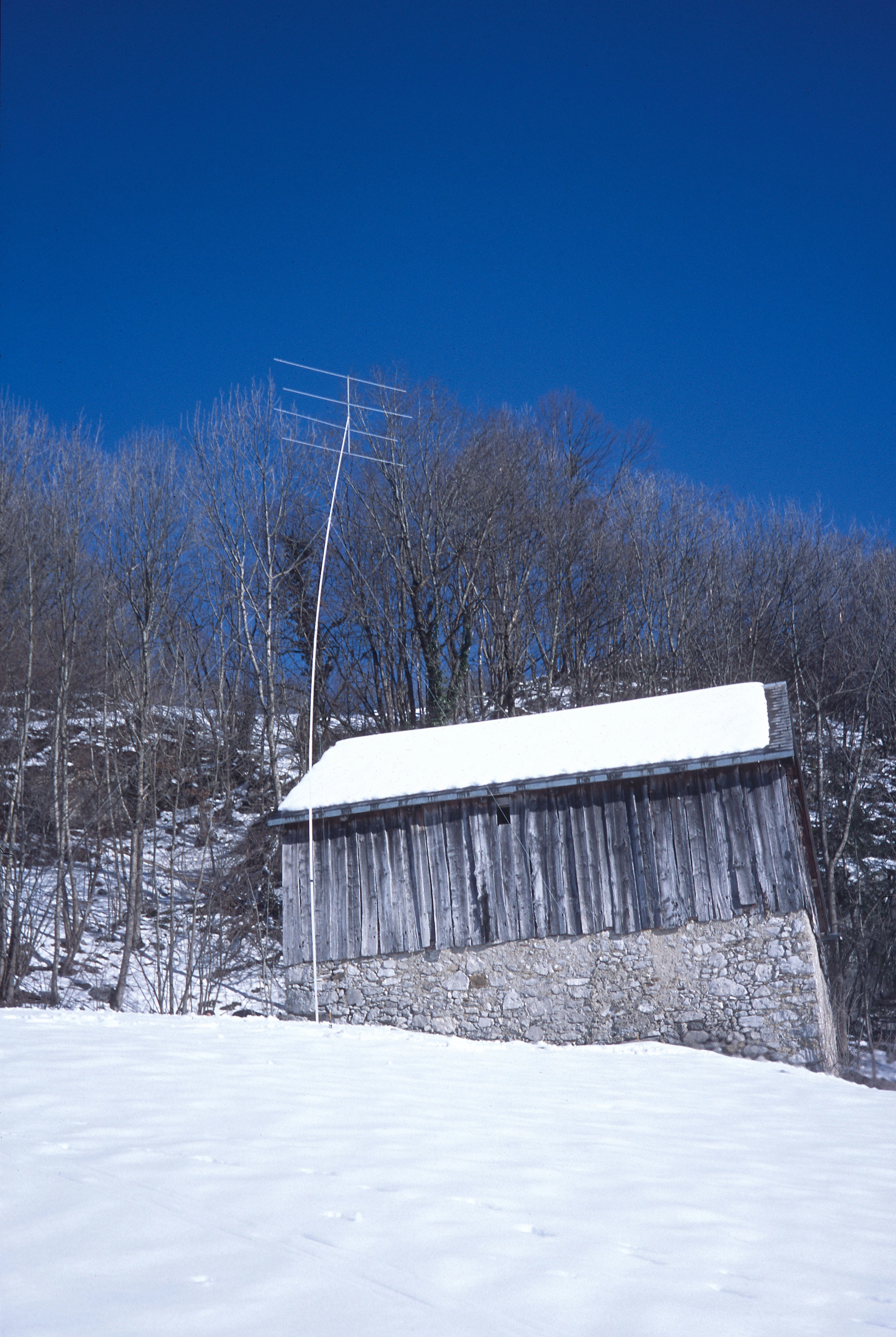
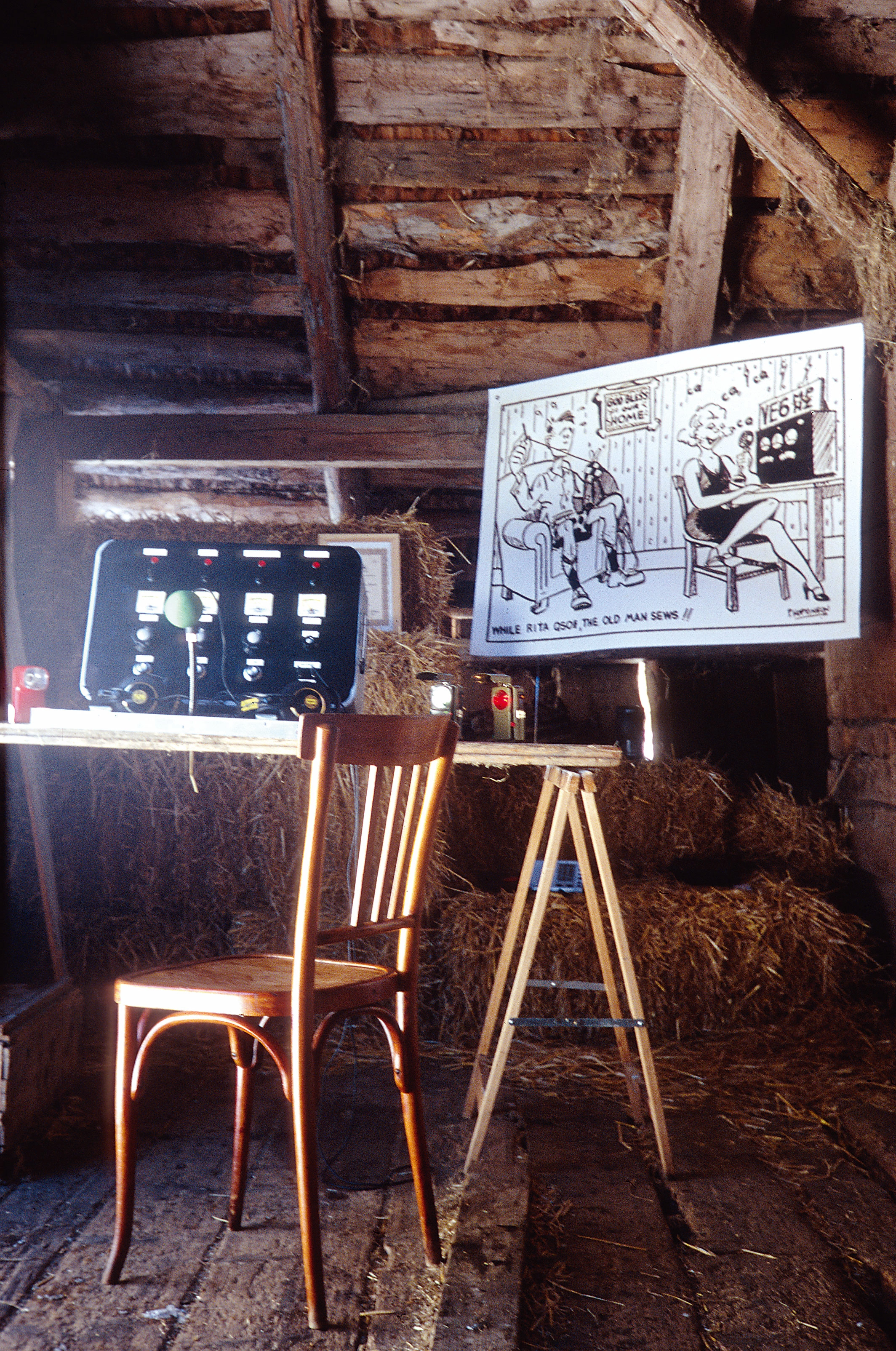

 Next Exhibition
Next Exhibition